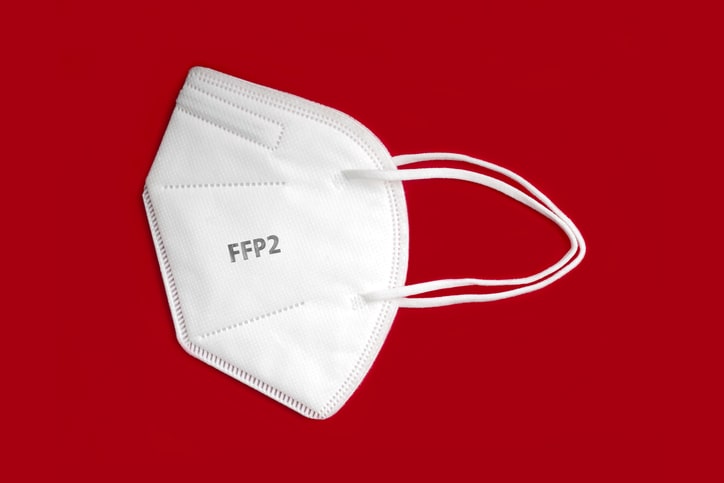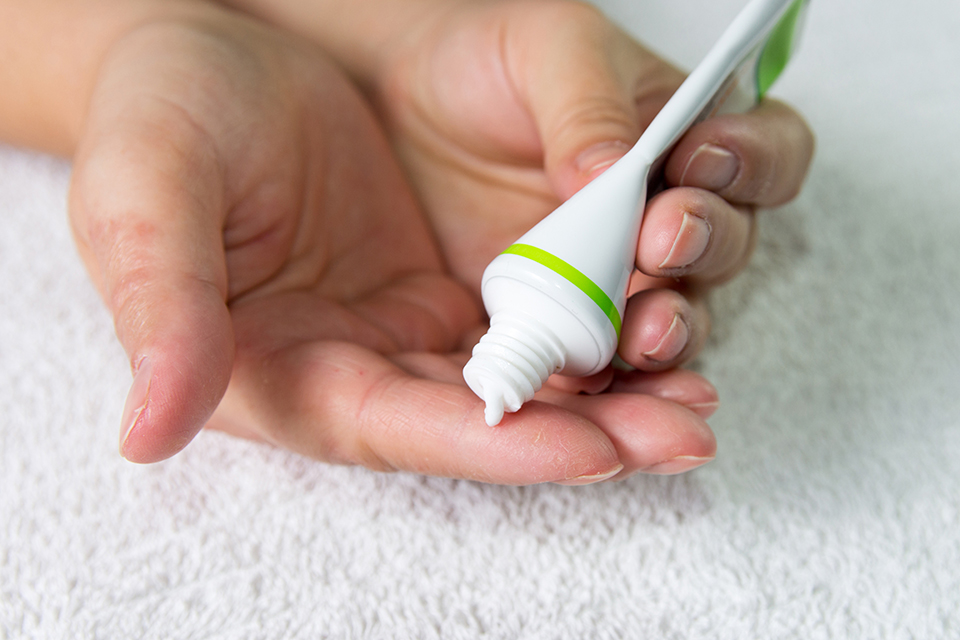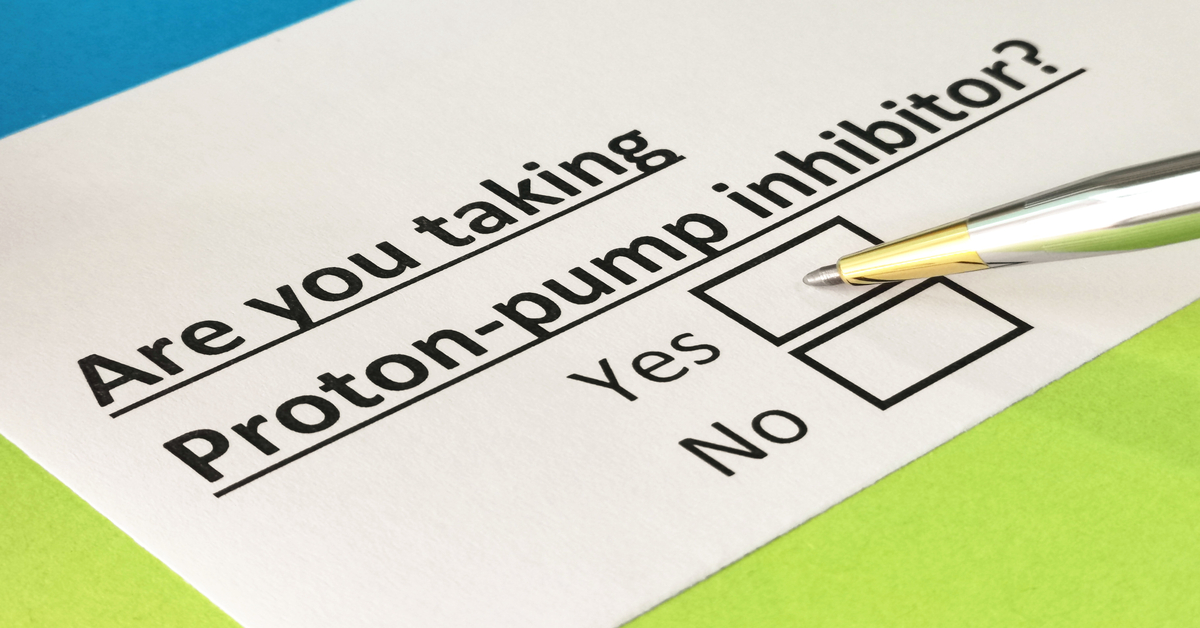
Although chronic kidney disease (CKD) has reached epidemic proportions worldwide, the factors associated with progression of the disease are not completely understood. The best predictor of decline in glomerular filtration rate (GFR) in the long term is proteinuria. Interventions designed to achieve remission of proteinuria, i.e., optimal renin-angiotensin system (RAS) blockade, slow progressive loss of kidney function in patients with chronic proteinuria nephropathies. However, in patients with residual proteinuria despite RAS inhibition and achievement of target blood pressure, there remains a substantial risk of progression of CKD.
Recent studies have suggested an association between hyperphosphatemia and increased risk for CKD progression as well as reduction in the antiproteinuric effects of RAS blockers. It is not known whether lowering serum phosphate levels results in a reduction in proteinuria and/or a slowing of CKD progression. Further, there are no available data on the effect of phosphate binders on proteinuria and/or CKD progression. Sevelamer carbonate, a calcium-free binder, is commonly used to safely and efficiently reduce levels of serum phosphate in patients with CKD.
Barbara Ruggiero, MD, and Matias Trillini, MD, and colleagues conducted a phase 2, prospective, randomized, controlled, open-label, crossover study to examine the antiproteinuric effects of phosphate-binding therapy with sevelamer carbonate in patients with CKD with residual proteinuria despite optimal RAS blockade. Results of the study were reported in the American Journal of Kidney Diseases [2019;74(3):338-350].
Fifty-three participants were recruited from two Italian centers between November 2013 and December 2014. Patients meeting inclusion criteria who were on maximal tolerated doses of ramipril and irbesartan were initially stratified according to serum phosphate level ≤4 or ≥4 mg/dL. Each group was then randomly assigned to one of two treatment sequences: (1) 3 months of treatment with sevelamer carbonate, 1600 mg, three times per day during meals, followed by a 1-month washout, and 3 months without sevelamer; or (2) 3 months without sevelamer, followed by a 1-month washout, and 3 months of treatment with sevelamer carbonate, 1600 mg, three times daily.
The primary outcome of interest was 24-hour proteinuria (per-protocol efficacy analyses n=49); secondary outcomes were measured GFR, office blood pressure, serum lipid levels, levels of inflammation and bone metabolism biomarkers, urinary electrolyte levels, and arterial stiffness.
At the time of randomization, 41 patients were receiving dual RAS blockade with ramipril and irbesartan, but 12 remained on single RAS inhibition with ramipril (n=7, except one taking benazepril) or irbesartan (n=5, except one taking valsartan).
In the intention-to-treat analysis, there was no observed difference in change in 24-hour proteinuria between the two periods with sevelamer or without sevelamer. When the high- or low-serum phosphate strata were considered separately, the findings were similar; findings were also similar when analyses were restricted to the first treatment period.
Treatment with sevelamer did not affect office systolic blood pressure. Office diastolic blood pressure increased with sevelamer treatment; however, the change did not significantly differ in the comparison of sevelamer versus without sevelamer.
During sevelamer treatment, 24-hour urinary phosphate excretion decreased; it did not decrease during the without sevelamer period, and there were statistically significant differences in changes in urinary phosphate excretion between treatment periods. However, there were no changes in serum phosphate levels during both treatment periods. Sevelamer reduced C-reactive protein (CRP), glycated hemoglobin (HbA1c), and total and low-density lipoprotein (LDL) cholesterol levels, and increased high-density lipoprotein (HDL) cholesterol levels without affecting levels of office blood pressure, measured GFR, fibroblast growth factor 23, klotho, intact parathyroid hormone, serum vitamin D, or other urinary electrolytes.
With the exception of a non-clinically relevant increase in alkaline phosphatase levels during the sevelamer versus without sevelamer treatment (64 vs 68 IU/L pre- vs post-sevelamer; P<.02), there were no major safety signals. Most adverse events were nonserious. Patient withdrawal was related to an incidence of colon cancer and three nonserious adverse events; all were considered unlikely to be related to sevelamer treatment. There were three other serious adverse events likely related to sevelamer. Nine events in seven patients were possibly treatment-related adverse events; one was constipation and one was hypophosphatemia that recovered following downtitration of sevelamer.
Limitations to the findings cited by the authors included the short treatment duration, the possibility that the study was underpowered, and lower pretreatment proteinuria than expected.
The researchers said, “In summary, the current study found that 3 months of treatment with sevelamer did not reduce proteinuria in patients with CKD on optimal dual RAS blockade. In contrast, sevelamer reduced serum urea, HbA1c, CRP, and LDL and total cholesterol levels and increased HDL cholesterol levels. Thus, additional studies are necessary to assess sevelamer effect on proteinuria and determine whether longer term treatment with sevelamer slows CKD progression and reduced the increased cardiovascular risk of patients with CKD, potentially through its potential anti-inflammatory effects.”
Takeaway Points
- There is an association between hyperphosphatemia and increased risk for progression of chronic kidney disease (CKD) and reduced antiproteinuric effects of renin-angiotensin system (RAS) blockers.
- Researchers in Italy conducted a phase 2, open-label, crossover trial to examine whether the phosphate binder sevelamer carbonate enhanced the antiproteinuric effect of RAS inhibitors in patients with CKD.
- Three-month treatment with sevelamer did not reduce proteinuria in patients with CKD on maximal RAS blockade. Sevelamer did ameliorate inflammation and dyslipidemia in patients with CKD.







 © 2025 Mashup Media, LLC, a Formedics Property. All Rights Reserved.
© 2025 Mashup Media, LLC, a Formedics Property. All Rights Reserved.